stars
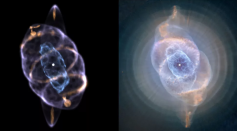
New 3D Visualization of Cat's Eye Nebula Hints Dying Stars' Complexity [Look]
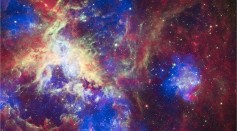
First Cry of a Star From the Small Magellanic Cloud Gives New Perspective on How They Are Born
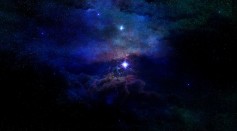
Spooky Cosmic Object Could Be A New Type of Star With Ultra-Powerful Magnetic Field
NASA Probe Rocket to Monitor Nearby Star to Find Life Outside the Solar System
3D Printing Allows Astronomers to Hold Stellar Nurseries in Their Hands to Observe the Stars
Stars Gobble Up Planets; Instability of Solar Systems Could Help Identify Sun-Like Stars Hosting Earth-like Planets
Where Stars Are Born: NASA's SOFIA Telescope Captures High-Resolution View of a Star Nursery in the Milky Way
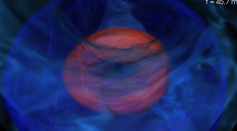
Researchers Find Novel Method of Analyzing the Densest Star Systems
Exotic Peacocks of the Stellar World: A New Model for Colliding-Wind Binaries
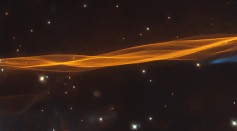
NASA/ESA's Hubble Captures Images of Cygnus Supernova Blast
Hubble Team Unveils Why Betelgeuse Unexpectedly Started Dimming
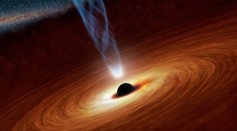
Blob Of Star Gas Spotted by The Hubble
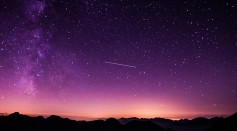
Ancient Star Offers A Glimpse Of The Beginning of The Universe
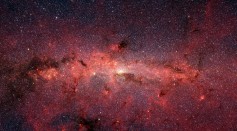
Tiny Planet Shows What Earth Could Turn Out To Be
Most Popular

How Technology Is Changing the Real Estate Industry?

Study Reveals High Turnover in Scientific Research Careers: What This Means for Future Scientists

How a Plant-Based Diet Can Protect Against Breast Cancer: Insights from Nutrition Research

Why It's So Difficult to Lose Weight: The Biological Explanation Behind Obesity






